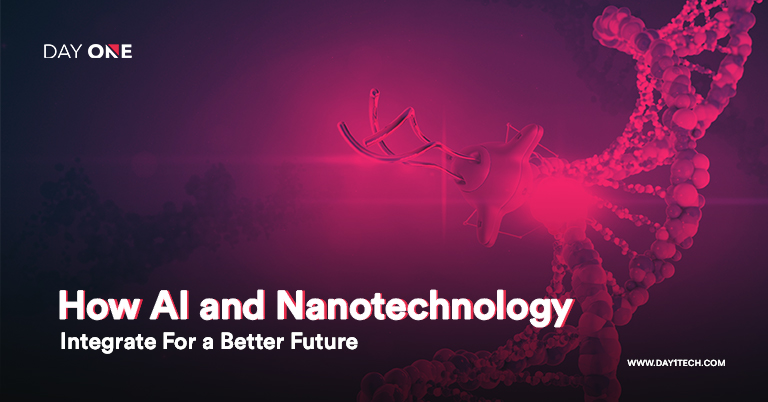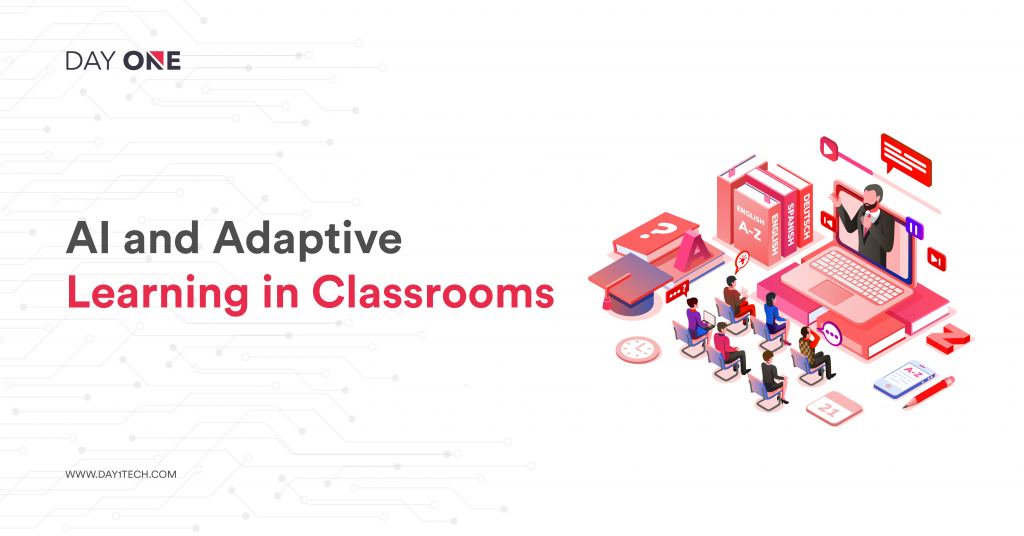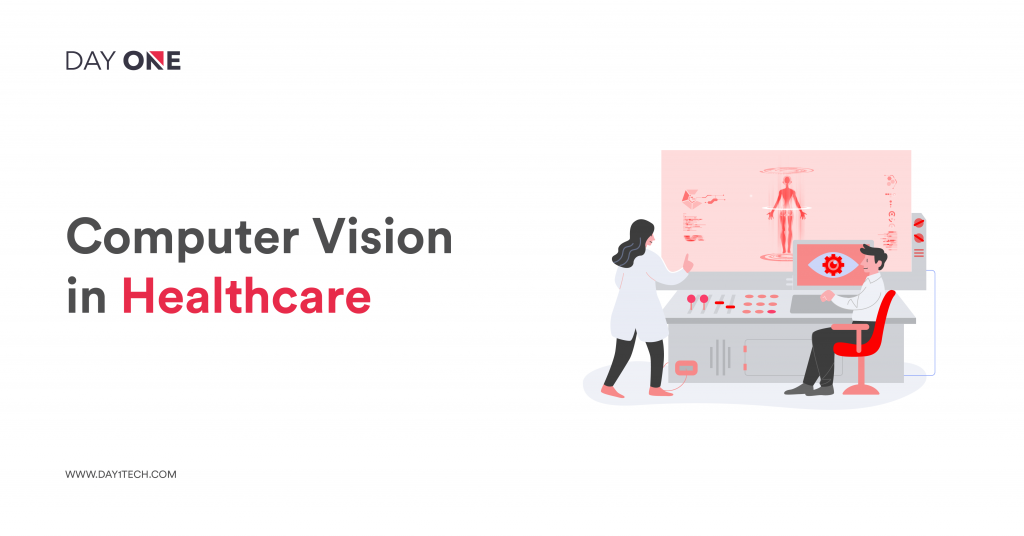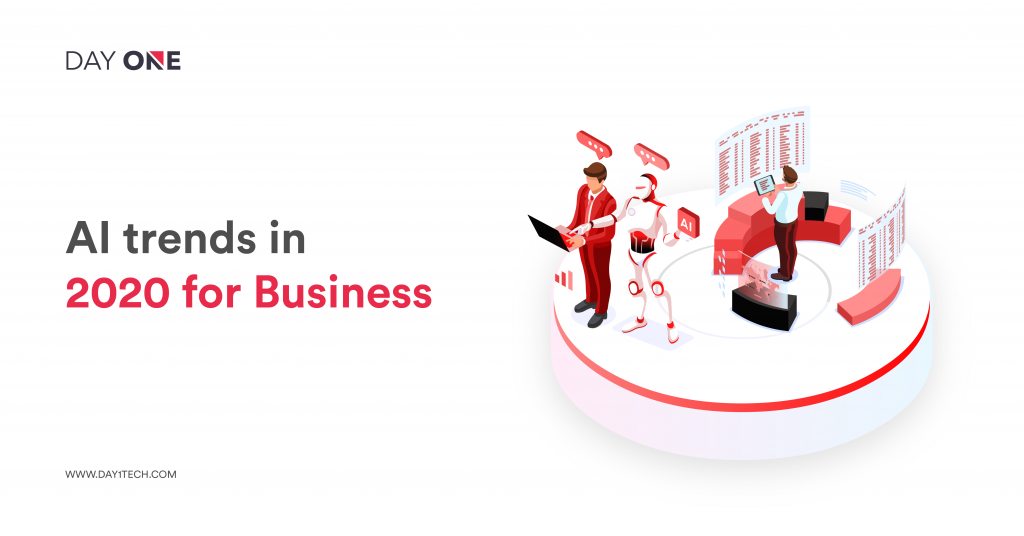How AI and Nanotechnology Integrate For a Better Future
admin
Artificial Intelligence
July 15, 2021
3 min read

The 21st century has seen an enriched development in a number of technological fields over the years. And to say that Nanotechnology among them is one of the most critical and widely applied throughout will not be wide of the mark, with industrial use ranging from medicine to agriculture.
Initially, the intricate systems of Nanotechnology that operate on Nanometer scales were thought to be of little value for AI and related facets. However, with advancements and the growing scope of AI, it is no longer the case.
AI and Nanotechnology have increasingly exhibited similar synchronization in aspects of them working together with mutual assistance. The following article discusses how AI and Nanotech could come together for a better future –
The medical advancement
One of the biggest beneficiaries of the integration of AI and Nanotech undoubtedly will be the medical field. The areas using or studying the application of Nanotechnologies, such as microscopy and organ regeneration from stem cells, can greatly benefit from the precision, command, improved signal, etc., offered by the AI. Let us see how –
Microscopy
The AFM (atomic force microscopy), despite the substantial progress in recent years, continues to struggle when it comes to receiving high-quality signals from imaging devices.
The major problem happens to be the several complicated, hard-to-decipher, and varied tip-sample interactions, something microscopes depend on. But, as you might have guessed, the use of AI can help deal with the issue.
Functional recognition imaging (FR-SPM), an AI approach, is based on directly identifying the local actions through measured spectroscopic reactions. The focus of the particular process will be on streamlining input data to the neural network using an integration of ANNs (artificial neural networks) and PCA (principal component analysis).
Treatment
In any medical research and treatment, precision is imperative, even more so when using nanotechnology. AI helps not just by supporting intricate programming of the nanobots but also by making the transformation of stem cells to bone cells through command plausible, treating multiple diseases.
Furthermore, the commands from AI can also guide the nanobots into creating and manipulating stem cells to generate human organs for replacement or even repair the ones damaged.
But that’s not all. Nanobots can utilize the vast data offered by AI to differentiate between the bad and the good cells to treat diseases like cancer. The massive amount of data can be used to train a model to differentiate the appearance of normal cells from those infected, making it such that nanobots only target and destroy infected cells.
AI For Nanotech in research
From the massive scale of research to the quantification of the variables, recording, and the interpretation of data, everything becomes difficult by multiplying when the particles in question are that in the range of nanometers.
In such cases, the use of AI can make the task easier and more precise, right from optimizing the data, designing the algorithms for technology, estimating multiple parameters, and interpreting results from the experiments.
Therefore, it is little wonder why many nanotechnology facilities have begun integrating AI in their research segments for greater accuracy and effectiveness.
Introducing better and sustainable food alternatives
Livestock farming is one of the world’s largest and most resource-intensive markets, which also makes for 60% of total greenhouse-related emissions.
The researchers believe that the integration of nanotech and AI can bring about the next big food evolution for humans with sustainable options. The efforts to build plant-based meat, which in terms of taste, smell, and look mimic the meat but without any.
The idea of artificial meat has revolved around the vegan community for some time now. However, since the micro-components of any food determine every basic aspect of its flavor and smell, which in turn are made with a combination of specific molecules including proteins, fats, etc., replicating the same becomes an extremely difficult task, especially without using any animal product.
But, there’s a solution to it. Creating artificial meat through AI and Nanotech is based on finding the end results through a series of permutations and combinations of the micro-components. If not just another vegan substitute, a new formulation for the ingredient is found using the algorithms to develop a satisfactory alternative.
A few companies successfully implemented the method to replicate liquid food, including scrambled eggs, mayo, etc., given the complexity of replicating solid foods. However, it is not far from reality when the alternatives to livestock farming using AI and nanotech are made into accessible and scalable products.
Nano-computing
Nano-computing is yet another greatly focused aspect for researchers and computer manufacturers around the world. The efforts to advance nanotechnology such that it surpasses the compute power proposed by GPUs are in place, a breakthrough in systems that utilize models such as Depp learning.
Shrinking the size of hardware and conducting computing through nanoscale mechanisms, with increased capabilities of the same, has been a prime goal for a multitude of tech giants and manufacturers, with many already halfway through.
Conclusion
Due to a great deal of advancement in technology and science, it is only natural to witness the changing forms of human interaction and ways to adapt to it.
While there already is vast anticipation and an idea on how seamlessly the technologies would progress and the results of integration as above would bring, the events would undoubtedly be note-worthy in the times to come. Happy Scrolling!
Explore More Blogs
Testimonials What customers have to talk about us
Finch (previously Trio) – Growth with Investing, with benefits of Checking
Reading Time: < 1 minThe Finch (previously Trio), one of our clients today has reached this level with our expertise and with a great team of developers in Day One, who have made every stone unturned in making this project a big success.
Neel Ganu Founder
USA
Vere360 – VR based Immersive Learning
Reading Time: < 1 minDay One helped Vere360 “fill skill gaps” and build a platform that would cater to their niche and diverse audience while seamlessly integrate the best of #AI and #VR technology.
Ms. Adila Sayyed Co-Founder
Singapore
1TAM – Video Blogging Reimagined
Reading Time: < 1 min‘1TAM’ was only for iOS with gesture-based controls, advanced video compression techniques, and a simple architecture that allowed actions to be completed in 2-3 taps. The real challenge for ‘1TAM’ was to keep it distinct which bought brilliant results with all the strategies and approaches implied for best video compression techniques.
Anwar Nusseibeh Founder
UAE
Fit For Work – The Science of Workplace Ergonomics
Reading Time: < 1 minDay One Technologies came with the expertise that was required and helped in building a platform that is edgy, functional, and smart, delivering engagement and conversions at every step.
Ms. Georgina Hannigan Founder
Singapore
SOS Method Meditation for ‘Busy Minds’
Reading Time: < 1 minDay One Technologies helped in building an innovative mobile app (for #iOS and #Android) that’s easy-to-use, engaging, and data-driven to help users reap the most at every point.






